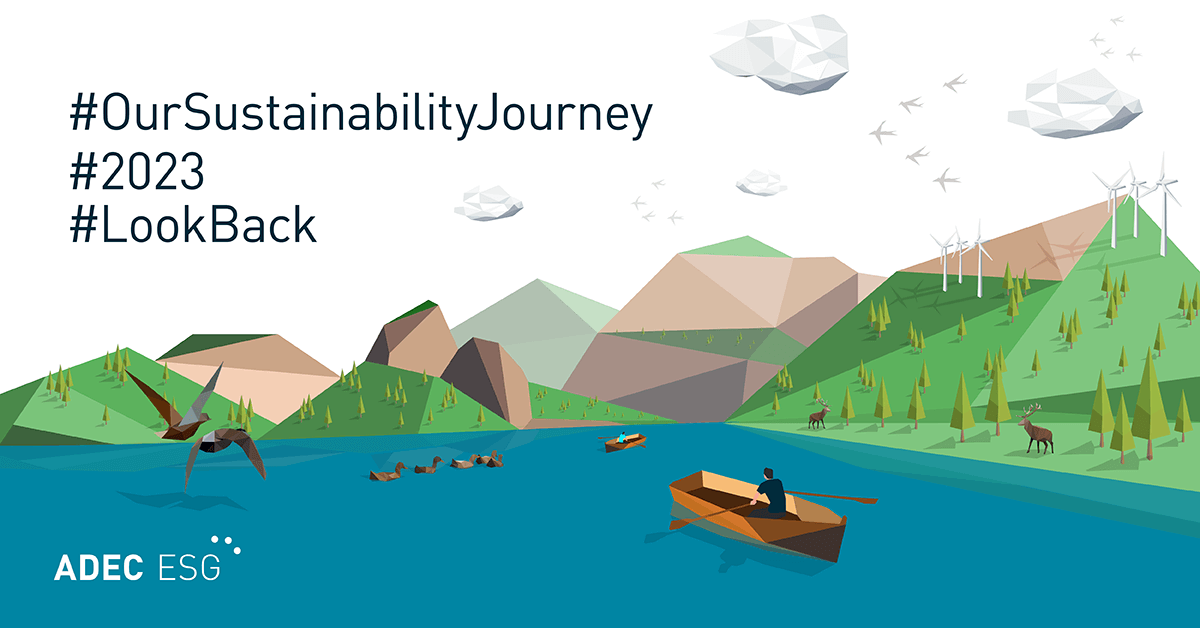The last few years have brought an understanding of the imminent pressure of water-related risks to businesses around the globe. Policy-makers and non-government organizations (NGOs) are also realizing the global concern of water-related risks as rising population counts, accompanied by the economic growth of emerging markets, continue to trigger the growing demand for potable water and food.
 According to Ceres, a non-profit organization on sustainability leadership, water risks brought about by climate change such as droughts and extreme flooding will become more severe in the coming years. Consequently, the 2013 World Economic Forum’s Global Risks report reiterated that businesses need to be concerned about water, since it is one of the three highest environmental risks and should be dealt with immediately.
According to Ceres, a non-profit organization on sustainability leadership, water risks brought about by climate change such as droughts and extreme flooding will become more severe in the coming years. Consequently, the 2013 World Economic Forum’s Global Risks report reiterated that businesses need to be concerned about water, since it is one of the three highest environmental risks and should be dealt with immediately.
In addition, research published on Edie.net showed that water risks such as water scarcity, water pollution, contaminated drinking water and degraded ecosystems indicate that water is one of the major social and environmental challenges for global businesses. This is why many industries worldwide recognize water is an integral part of their business operations and supply chains.
Since the mounting concern about water is becoming more apparent among investors, corporate stakeholders and policy-makers, CDP recommends that companies mitigate water-related challenges and risks through water stewardship. According to CDP, companies with a robust water stewardship strategy have comprehensive knowledge of water use across their value chain and understand the impact that water-related issues have on their business.
As a majority of companies started to pursue different types of water-related practices, the 2013 World Wildlife Fund report on water stewardship identified five different ways to facilitate a company’s corporate water stewardship program:
1. Find the right water risk awareness strategy.
Organizations must be up-to-date with current water issues across their industry in order to have the right water risk assessment strategy. In developing the right water risk strategy, companies should explore the perception of both external stakeholders (e.g., consumers, press and NGOs) and internal stakeholders (e.g., employees and company suppliers) to help create the most suitable water stewardship plan that supports other stakeholder groups directly affected by water-related issues.
2. Be informed about your industry’s water impacts and water risks.
An in-depth understanding of a company’s water footprint, including the measurement of their water impacts and water risks, will help them learn how their actions directly affect their stakeholders and the ecosystem. Businesses should also be thorough in identifying the high risk “water hot spots” perceived by the water quality and quantity issues relevant to the company.
3. Instigate an internal campaign towards water stewardship.
An organization’s first step in initiating a water stewardship program is to promote engagement among employees and suppliers. Establishing the right water mitigation strategies through water governance and pollution reduction are crucial elements of an internal campaign. To fully comprehend the potential risks and opportunities of water stewardship, companies should also engage suppliers in their water initiatives.
 4. Be part of the collective action on water stewardship.
4. Be part of the collective action on water stewardship.
Partnerships and engagement among external stakeholders like the public sector, government agencies and NGOs will help create sustainable solutions on water stewardship to encompass a wider range of stakeholders who have a vested interest in water management. Partnerships on water stewardship are successful only if key participants address their shared water risks and take on water-related issues that involve all stakeholder groups; not just those relevant to their own business.
5. Initiate support on water governance.
Showing support on water stewardship among various political, social, economic and administrative systems in the public policy arena greatly helps global water mitigation efforts. Promoting a broader public interest in water-related issues can affect greater political support towards progressive water legislation and implementation.
As industries and governments manage water risks and challenges brought by climate change, FirstCarbon Solutions (FCS) helps companies create a greater competitive advantage through water stewardship, by capitalizing on viable platforms that help manage their water-related impacts. FCS’ team of environmental specialists develop solutions that support regulatory compliance efforts, environmental impact assessments and water mitigation programs to promote sustainability across your entire organization. For more information or to request a consultation, contact FCS today.





